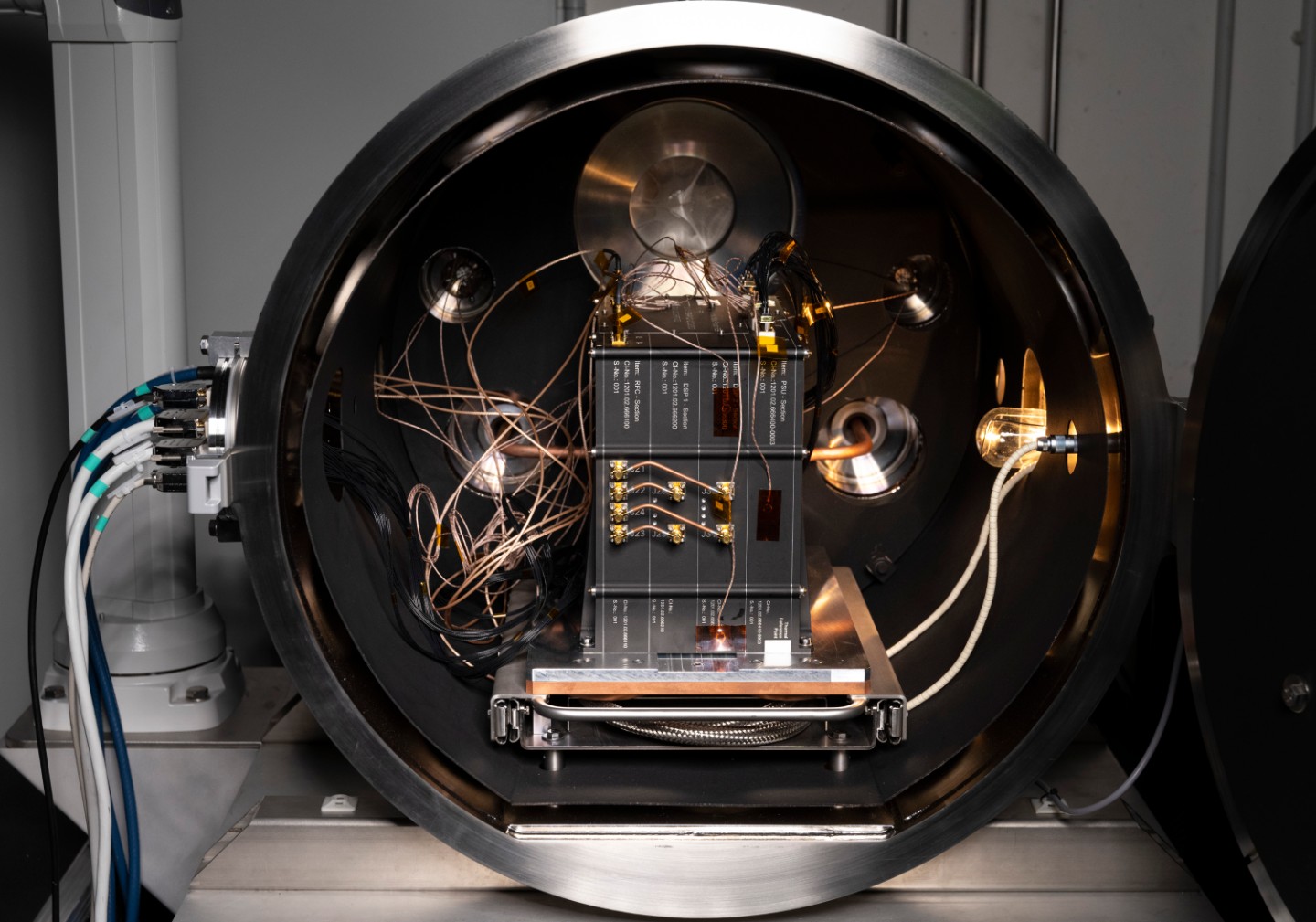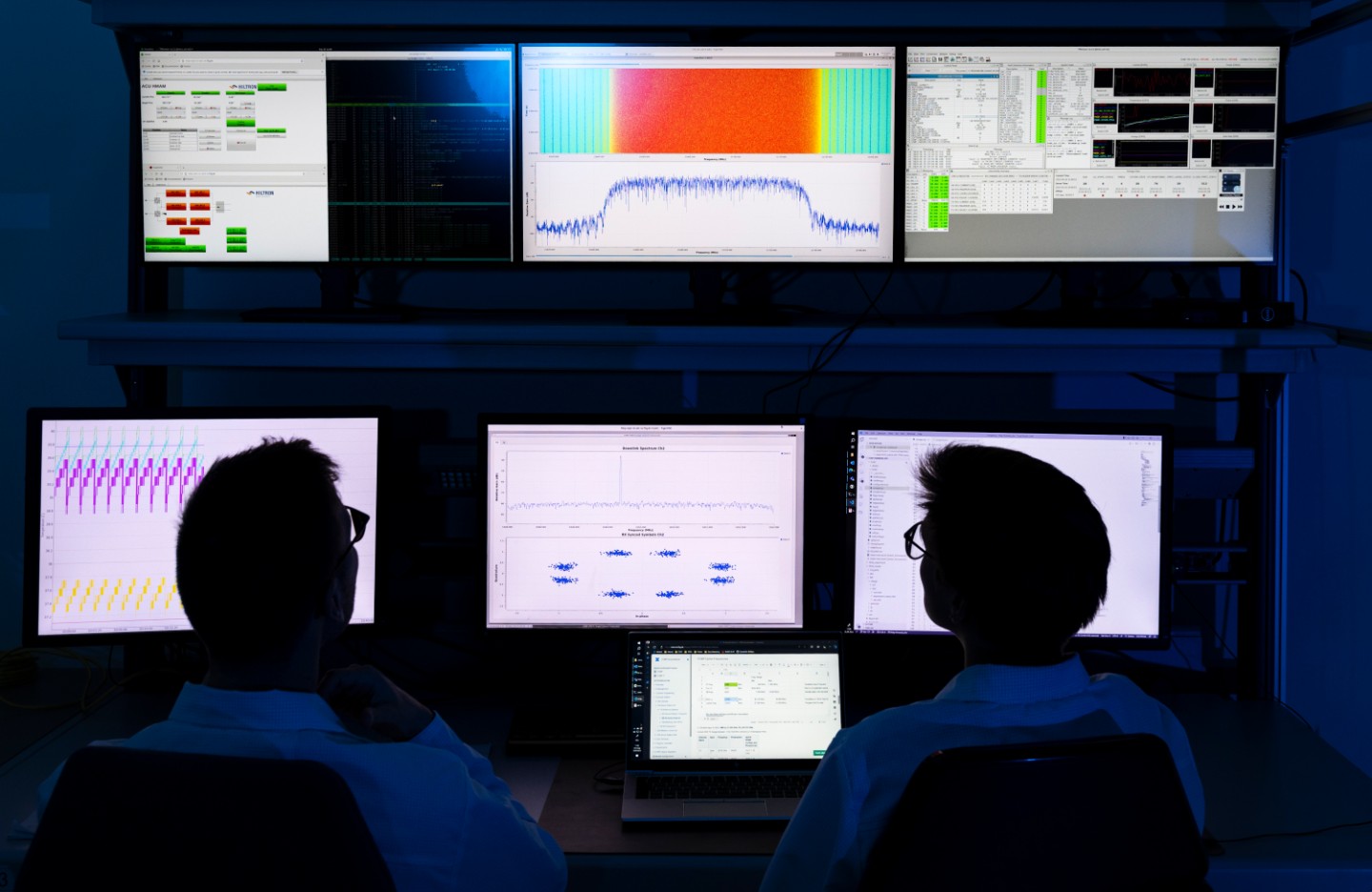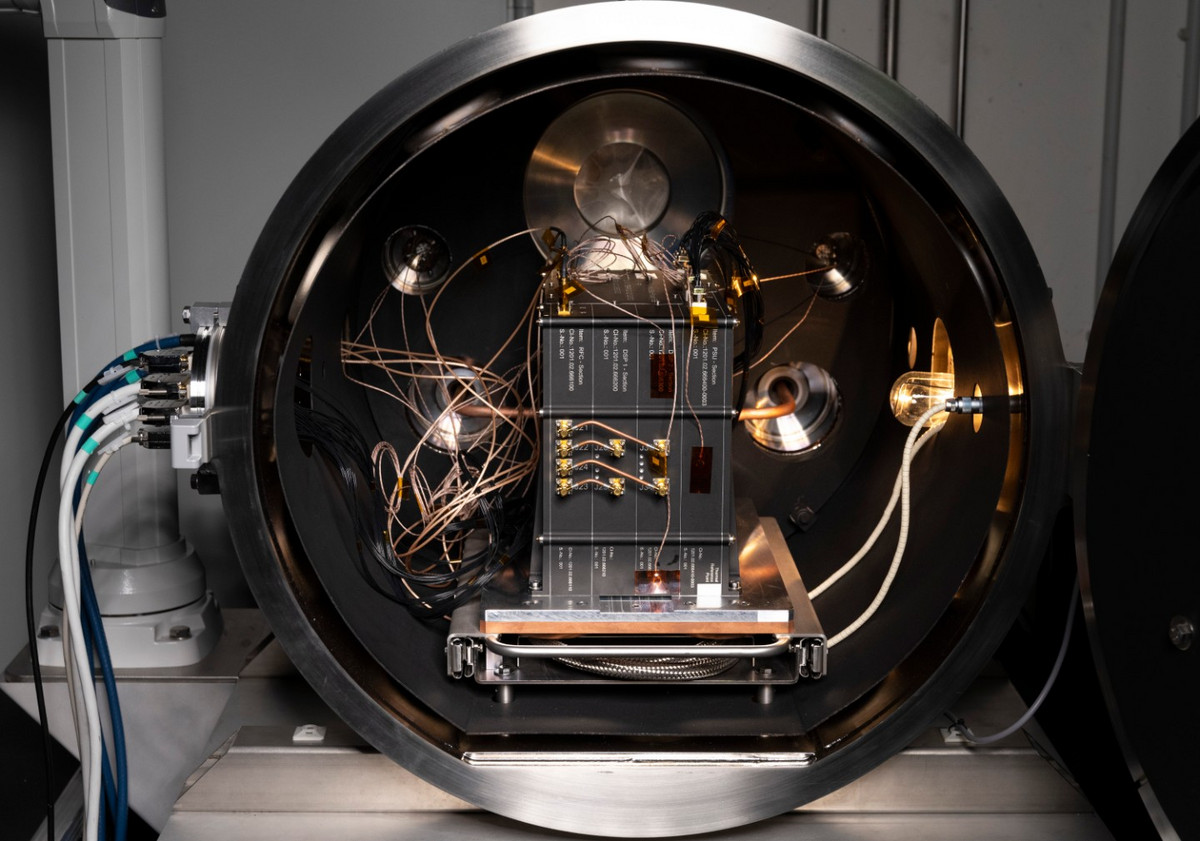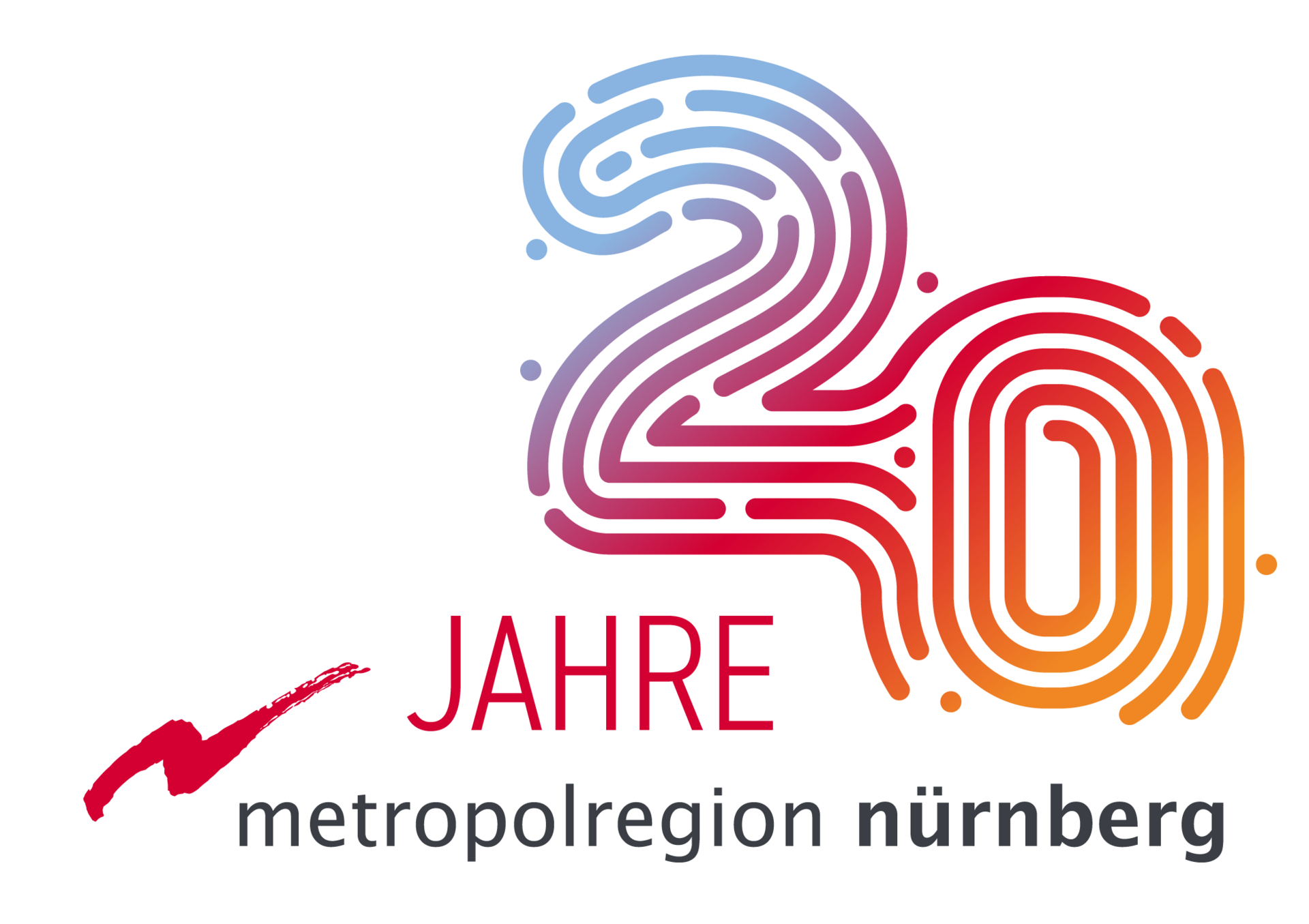Fraunhofer IIS opens space lab
Radiation, high vacuum and massive temperature fluctuations: Extreme conditions prevail in space, which pose a demanding challenge for satellite communication. With the Fraunhofer On-Board Processor (FOBP), experiments can be carried out in space to investigate whether new technologies can also function under real conditions. The FOBP passed its final tests last week and began its service on board the Heinrich Hertz satellite of the German Space Agency at the German Aerospace Centre (DLR).
Satellite communication is often faced with the dilemma that more powerful technologies are only used once their functionality has been proven in space. This delays progress and inhibits the innovation potential of the satellite industry. To overcome this obstacle, Fraunhofer IIS has opened a laboratory in space, the FOBP, which is equipped with a special feature: even at an altitude of 36,000 kilometres, the satellite's payload can be controlled from Earth at any time and reprogrammed for different applications. "You can think of it like a smartphone that installs updates to meet new requirements," says Rainer Wansch, Head of the "RF and SatCom Systems" department.
The opportunities for the industry to utilise the experimental platform are therefore just as diverse as satellite communication itself. Its smooth operation depends on different elements coming together to form a seamless transmission chain. This includes the components that are installed in a satellite as well as the equipment that enables communication from the ground in the form of modems and antennas. In order for these individual elements to work together optimally, various concepts are also being researched with the aim of managing capacities as efficiently as possible.
Assistance in the event of a disaster
Fraunhofer IIS is also conducting its own experiments to find out how more powerful satellite communication can help improve the exchange of information on Earth in the future. One of the projects is a consequence of the flood disaster in the Ahr valley two years ago. Back then, the masses of water damaged the communications infrastructure to such an extent that mobile communications were paralysed for days. The aim now is to investigate how the flexibility of the FOBP can help to provide rescue services with secure and stable direct access to the satellite. "This would guarantee communication in the event of a disaster - even independently of mobile communications and its commercial providers," says Rainer Wansch.
This example shows that satellites are playing an increasingly important role in communication on the ground. In the new generation of mobile communications, satellites are now being systematically integrated into the 5G network. The aim is to create "non-terrestrial networks" in which terrestrial and satellite-based data traffic merge into hybrid networks. These are intended to ensure that mobile communications even reach remote regions. How 5G can be connected via satellite is also being researched in an experiment with the FOBP.
Space simulation in Erlangen
Research institutes and companies can use the laboratory in space in close cooperation with Fraunhofer IIS. The communication experiments are supported by the test infrastructure in Erlangen. This includes a ground station with a multi-band satellite antenna that can monitor and control the FOBP. Fraunhofer IIS also has a thermal vacuum chamber in Erlangen in which the technologies can prepare for real use under simulated space conditions in an identical FOBP model.
The Heinrich Hertz Mission and its partners
The Heinrich Hertz Mission is the first German communications satellite to be launched to research and test new technologies and communications scenarios. The mission is thus making a contribution to the information society in Germany. The Heinrich Hertz Mission is being led by the German Space Agency at the German Aerospace Center (DLR) in Bonn on behalf of the Federal Ministry of Economics and Climate Protection (BMWK) and with the participation of the Federal Ministry of Defence (BMVg). OHB-System AG was commissioned with the development and construction of the satellite. Also involved in the development and testing of the satellite are IABG GmbH, MDA AG and TESAT GmbH & Co. KG are also involved in the development and testing of the satellite. OHB Digital Connect is responsible for the ground segment in cooperation with CGI. The satellite control centre was established in Bonn. The new ground stations are located in Hürth (North Rhine-Westphalia) and Neustrelitz (Mecklenburg-Western Pomerania). Arianespace is responsible for launching the mission on board the Ariane 5 launcher (VA261). A total of 42 partners are involved in the mission - 14 of them on the scientific payload.
The Heinrich Hertz satellite mission has been underway since July 2023 and Fraunhofer IIS is right in the middle of it. This is because one of the centrepieces is the Fraunhofer On-Board Processor (FOBP), which can be reprogrammed from Earth at any time and transformed into a laboratory that the satellite and communications industry can use to test its own technologies in space.

© Fraunhofer IIS / Paul Pulkert | The test run: In a thermal vacuum chamber, the FOBP was prepared for real use under simulated space conditions.

© Fraunhofer IIS / Paul Pulkert | Mission control: In this room, Fraunhofer IIS monitors the FOBP and gives it commands.



